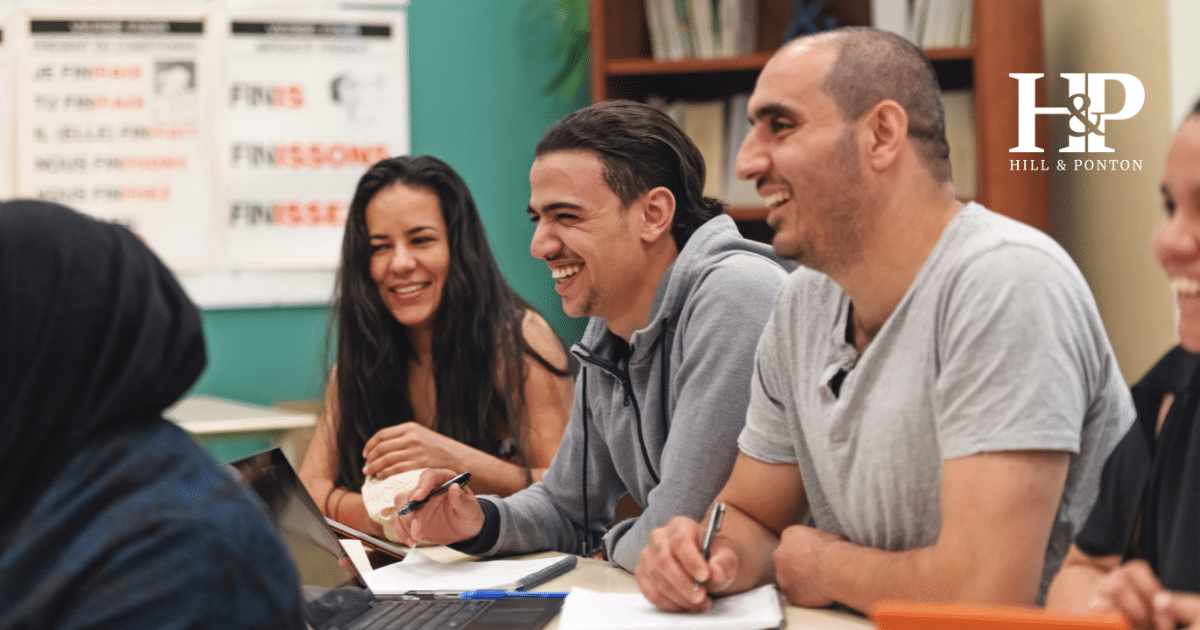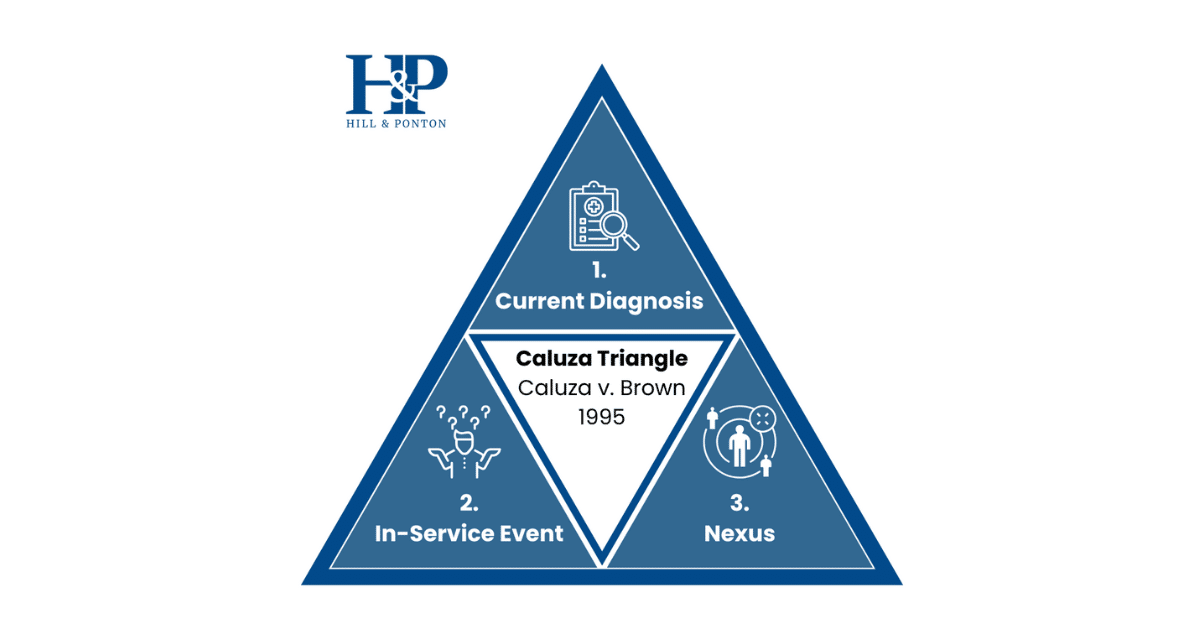Veterans with service-connected disabilities may face challenges transitioning to civilian life, especially when seeking employment. Chapter 31 VA benefits, also known as Veteran Readiness and Employment (VR&E), are designed to help disabled veterans achieve career success through job training, counseling, and educational support.
What is VR&E (Chapter 31)?
Chapter 31 benefits assist veterans with service-connected disabilities by providing the tools and resources they need to transition into civilian employment or education. This includes job training, tuition assistance, and support for finding a suitable career.
Services Offered
- Support Services: Resume assistance, special employer incentives, and workplace accommodations.
- Job Training: Access to on-the-job training, apprenticeships, and more.
- Vocational Counseling: Guidance to align career paths with skills and interests.
- Educational Benefits: Coverage for tuition, books, fees, and other education-related costs.
VR&E Tracks for Service Members & Veterans
Chapter 31 comes with five support-and-service tracks designed to get you aligned with the proper education or training that you need for your individual career path.
- Reemployment: This track can help you return to your former job while also supporting your employer in providing accommodations.
- Rapid access to employment: This track prioritizes finding a job that utilizes your existing skill set.
- Self-employment: This employment track will help you start your own business, which could benefit you if your disability proves a significant barrier for employment.
- Long-term services: If you’re looking to find employment in a new or different field, this track provides the education and training necessary.
- Independent living: If your disability prevents you from returning to work immediately, this track will helplink you with services to help you live as independently as possible.
VR&E vs. GI Bill Benefits
Unlike the GI Bill, Chapter 31 benefits are specifically tailored to veterans with service-connected disabilities. While the GI Bill provides up to 36 months of benefits, Chapter 31 offers up to 48 months. Veterans can use both programs simultaneously for enhanced support, such as combining tuition coverage with a housing allowance.
Learn more about VA Disability Rates and Pay Schedules.
Who is Eligible?
To qualify, veterans must meet the following criteria:
- A service-connected disability rating of at least 10%.
- Discharge that is not dishonorable (you may be able to qualify by applying for a discharge upgrade).
Eligibility is typically limited to 12 years after discharge, but extensions may be granted for veterans with serious employment handicaps. Active duty service members with a pre-discharge disability rating of 20% or higher may also qualify.
How Does This Affect Dependents and Family Members?
Potential applicants may wonder if Chapter 31 benefits are transferable to dependents in the way some other benefits are. Unfortunately, Chapter 31 benefits are only able to be used by the veteran and are not transferable. However, other options such as Chapter 33 and Chapter 36 are available to dependents. For more information, check the VA website.
How to Apply
Applying for Chapter 31 benefits is straightforward:
- With Assistance: Work with a veterans service organization (VSO) for guidance.
- Online: Submit an application through the VA website.
- By Mail: Complete VA Form 28-1900 and send it to the VR&E Intake Center in Janesville, WI.
- In Person: Visit your local VA regional office.
Want to Learn More About VA Benefits?
Navigating VA benefits can be challenging, but you don’t have to do it alone. Stay informed about programs like Chapter 31 and other valuable resources by joining our VETS Advantage Newsletter. Get insights, updates, and expert guidance to help you make the most of your benefits. Sign up today!




